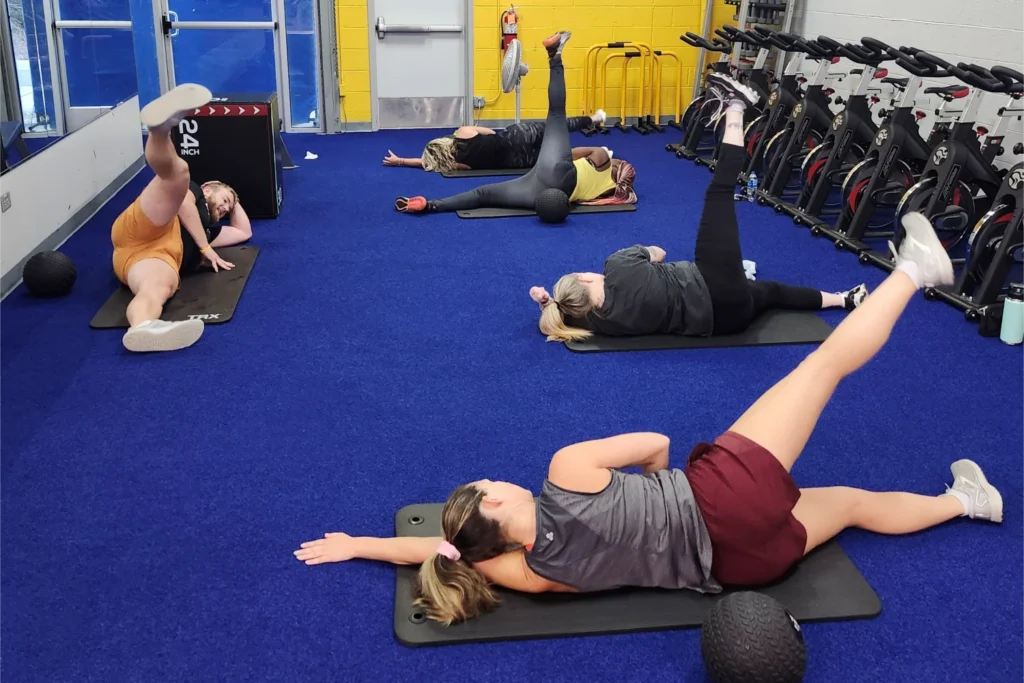Yoga is widely recognized for its potential to improve flexibility. Practicing yoga regularly involves a series of postures and stretches that work various muscle groups. These activities can significantly enhance your range of motion and elasticity in the muscles and connective tissues. Here’s a detailed look at how yoga can make you more flexible and the benefits associated with increased flexibility.
How yoga improves flexibility
Gradual stretching of muscles and tendons
- Progressive stretching: Yoga poses are designed to stretch muscles, tendons, and ligaments gradually. As you hold a pose, the initial resistance in the muscles decreases, allowing for deeper stretching without discomfort. If you’re unsure about how long you should hold a pose, read our article about the duration of holding a yoga pose.
- Increased blood flow: Holding yoga poses increases blood flow to different parts of the body, enhancing the elasticity and flexibility of muscles.
Lengthening and strengthening
- Balanced muscle development: Yoga not only stretches tight muscles but also strengthens underused muscles, creating a balanced musculature that enhances overall flexibility.
- Reduction of muscle stiffness: Regular yoga practice helps reduce muscle stiffness, which is often a barrier to flexibility.
Types of yoga for improving flexibility
Different styles of yoga can contribute to flexibility in various ways:
Hatha yoga
- Gentle and slow: Hatha yoga focuses on holding poses for longer periods, which is ideal for beginners looking to improve flexibility gradually.
Vinyasa yoga
- Dynamic movement: Vinyasa links breath and movement through a series of poses. It typically involves a flow from one pose to another, which helps improve joint mobility and flexibility.
Yin yoga
- Deep stretching: Yin yoga involves holding poses for several minutes at a time. This style targets deep connective tissues and fascia, promoting exceptional increases in flexibility.
Benefits of Increased Flexibility
Enhanced physical performance
Improved flexibility enhances your range of motion, making it easier to perform daily activities and other forms of exercise with greater ease and less strain.
Reduced risk of injuries
Flexible muscles and tendons are less susceptible to injuries from sudden, awkward movements and overexertion.
Improved posture and balance
Flexibility aids in maintaining proper posture and balance, reducing the likelihood of back pain and muscular imbalances.
Tips for enhancing flexibility through yoga
- Regular practice: Consistency is crucial for increasing flexibility. Practicing yoga 3-5 times a week is often recommended for optimal results.
- Prepare your body: Engaging in a light warm-up or beginning your yoga session with gentler poses can prepare your muscles and joints for more intense stretching.
- Gradual progression: Flexibility improvements take time and diligent practice. It’s important to progress at your own pace and respect your body’s limits.
- Support and alignment: Using props like blocks, straps, and bolsters can help you maintain proper alignment and safely deepen your stretches, especially when you are starting out.
If you want to start improving your flexibility, check out our yoga classes in Sanford.
Final thoughts
Yoga is an effective way to improve flexibility, offering numerous poses and styles that can cater to different needs and levels. Through regular practice, yoga not only enhances your flexibility but also provides various health benefits, including improved posture, better physical performance, and a lower risk of injuries. Whether you are new to yoga or looking to deepen your practice, integrating yoga into your routine can help achieve and maintain optimal flexibility.







